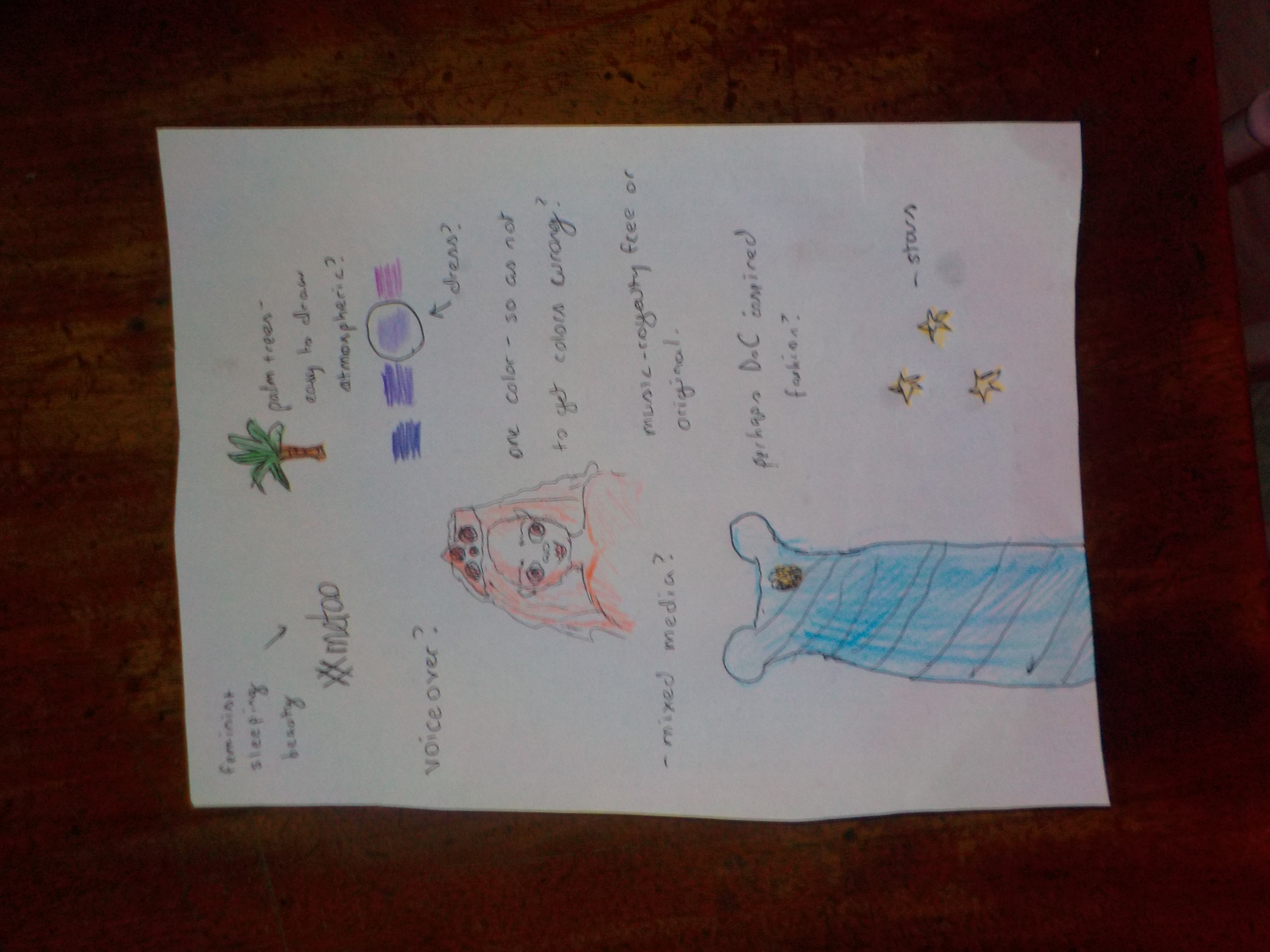Keep a diary of animation ideas that inspire you
Keep an animation idea diary: sketch characters and short storyboards, write movement notes, collect inspirations, and track progress over time.



Step-by-step guide to keep an animation idea diary
Step 1
Choose one sketchbook or notebook to be your animation idea diary.
Step 2
Write your name on the first page.
Step 3
Write today’s date on the first page.
Step 4
Give your diary a fun title on the first page.
Step 5
On the next page draw a simple character using your pencil.
Step 6
Write one short sentence describing your character’s personality.
Step 7
On a fresh page draw a four-panel storyboard that shows your character doing one small action.
Step 8
Add motion lines or arrows in each panel to show how the character moves.
Step 9
Write short movement notes under the storyboard describing timing or feelings.
Step 10
Find one picture or image from a magazine or printed image that inspires you.
Step 11
Glue or tape that inspiring image into your diary.
Step 12
Stick a sticky note in the diary with one idea or improvement to try next time.
Step 13
Share your finished diary page or favorite entry on DIY.org.
Final steps
You're almost there! Complete all the steps, bring your creation to life, post it, and conquer the challenge!


Help!?
What can we use if we don't have a sketchbook, pencil, or a magazine for the inspiring image?
Use a stapled stack of printer paper folded in half as your diary, draw with a pen or colored pencil instead of the pencil when you create your character, and print an online image or cut photos from old calendars to glue or tape into the diary.
My four-panel storyboard looks messy and motion lines aren't clear—how can I fix that?
Redraw the panels slightly larger so your character fits, make motion lines and arrows darker or add multiple arrowheads, and write short timing or feeling notes under the storyboard to explain the movement clearly.
How can I change this activity to suit different ages?
For younger kids, give a pre-drawn character outline, use two simple panels and chunky crayons, and for older kids add more panels, detailed movement notes about timing or feelings, and scan pages to edit before sharing on DIY.org.
What are simple ways to extend or personalize the diary entry after finishing the page?
Turn the four-panel storyboard into a flipbook by drawing the character with slight changes across several pages, color the character after gluing the inspiring image, and attach a sticky note with a new idea before uploading a photo and notes to DIY.org.
Watch videos on how to keep an animation idea diary
How to Make a Creative Diary Drawing Craft | Easy DIY for Kids
Facts about animation and storyboarding for kids
✏️ The book The Illusion of Life introduced the 12 basic principles of animation that many artists still use today.
🖼️ Animators use model sheets so characters stay 'on-model'—think of them as character cheat-sheets for poses and expressions.
🕺 At 24 frames per second, traditional animation typically needs about 24 drawings to make one second of full motion—flipbooks are a tiny taste of that!
📓 Many professional animators keep daily sketchbooks or idea diaries to capture quick inspirations and track progress over time.
🎬 Storyboards were popularized at Walt Disney Studios in the early 1930s to plan scenes before animating them.
How do I help my child keep an animation idea diary?
What materials do I need for an animation idea diary?
What ages is an animation idea diary suitable for?
What are the benefits of keeping an animation idea diary?


One subscription, many ways to play and learn.
Only $6.99 after trial. No credit card required



